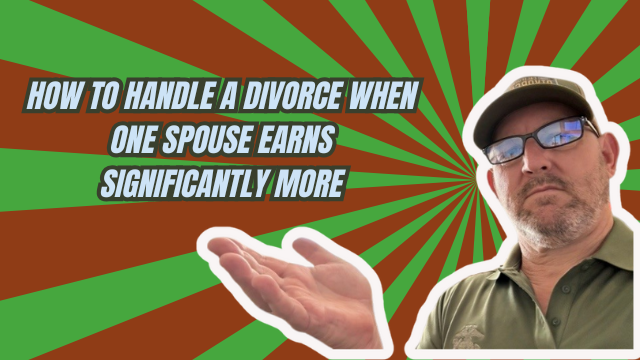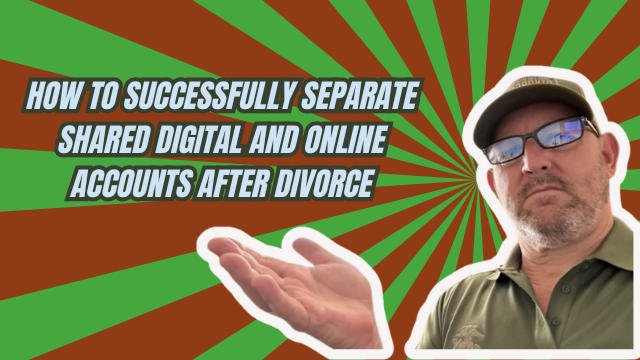What to Do If Your Ex Stops Paying Shared Debts? Protect Your Credit and Financial Future
Going through a divorce is challenging enough without the added stress of financial complications after the paperwork is signed. One common and frustrating issue many face is when an ex stops paying shared debts, such as joint loans or credit cards. Unfortunately, even if your divorce judgment assigns the debt to your ex, creditors don’t recognize that legal agreement. This means your name on the account still holds you responsible, and missed payments can severely damage your credit score.
In this article, we’ll explore why creditors don’t care about your divorce judgment, what steps you can take if your ex stops paying shared debts, and how to protect yourself legally and financially. Drawing on real cases and expert advice, you’ll learn how to safeguard your credit and avoid costly pitfalls.
Why Creditors Don’t Care About Your Divorce Judgment
It’s important to understand that creditors only recognize the names on the loan or credit account, not the terms of your divorce settlement. Even if your divorce decree states that your ex is responsible for paying off a joint debt, the creditor sees both parties as equally liable until the account is closed or refinanced.
This means that if your ex misses payments or stops paying altogether, the creditor will hold you accountable for the debt. Late payments, fees, and defaults can all appear on your credit report, potentially harming your credit score and your ability to secure future loans or credit.
What to Do if Your Ex Stops Paying a Joint Loan or Credit Card
When your ex stops making payments on shared debts, taking immediate action is crucial to protect your financial reputation. Here are the steps you should consider:
- Contact the creditors: Reach out to the lender or credit card company to explain the situation. Discuss options such as closing the account, refinancing the debt into your ex’s name alone, or setting up a payment plan.
- Document everything: Keep detailed records of all missed payments, late fees, and your communications with creditors and your ex. This documentation can be invaluable if legal action becomes necessary.
- Consider legal enforcement: If your ex is not fulfilling their obligations, you may need to file a post-judgment enforcement motion in court. This legal step can help enforce the divorce agreement and recover damages for missed payments and credit harm.
A Real Case Example: The Hidden Costs of Shared Debt
One client’s experience illustrates just how damaging unpaid shared debts can be. After her ex stopped paying their joint credit card, she was hit with late fees and saw her credit score plummet. Despite taking legal action and eventually winning reimbursement for those fees, the damage to her credit was irreversible.
This case underscores the importance of putting robust protections in place during your divorce and proactively managing shared debts afterward.
How to Protect Yourself Moving Forward
To avoid similar financial pitfalls, it’s essential to have strong safeguards included in your divorce paperwork. Here’s how you can protect yourself:
- Include clear debt responsibilities: Specify who is responsible for each debt and how payments will be handled.
- Add provisions for enforcement: Ensure your agreement allows for legal enforcement and reimbursement if your ex fails to pay.
- Work with experts: Consult with divorce professionals who understand both family law and financial protections. They can help draft agreements that minimize your risk.
How Divorce661 Can Help You Protect Your Credit and Legal Rights
At Divorce661, we specialize in adding these vital safeguards to your divorce paperwork and guiding you through enforcing or modifying agreements when problems arise. Our goal is to help you protect your credit, recover damages, and secure your financial future.
If you’re facing issues with shared debts after divorce or want to prevent these problems before they start, don’t wait until it’s too late. Visit divorce661.com for a free consultation. Together, we’ll take proactive steps to defend your financial reputation and legal rights.
Take Action Today
Remember, creditors don’t care about your divorce judgment—your name on a joint account means you’re legally responsible. Protect yourself by understanding your rights, documenting issues, and seeking expert help when your ex stops paying shared debts.
Contact Divorce661 now to ensure your financial future stays secure and your credit remains intact.










